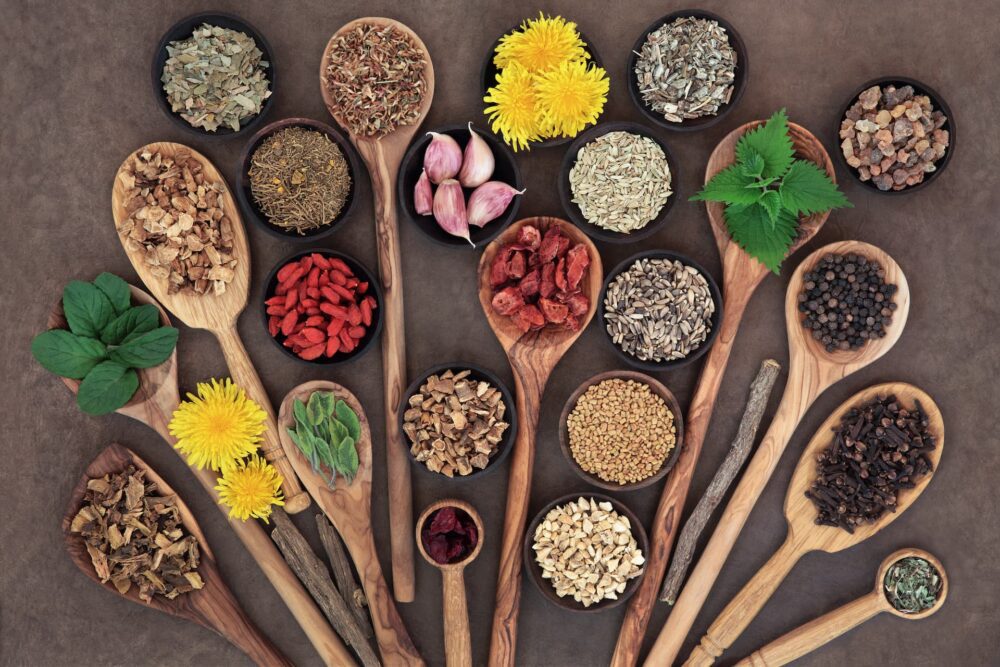Spring is the Perfect Time for a Detox
As Spring draws near, we emerge from the cold and stillness of winter, ready to embrace the season of renewal and growth.
With the return of light, many of us feel compelled to tidy our homes, clear out clutter, and let go of what no longer serves us. Spring cleaning is a common tradition for refreshing our living spaces, but what about refreshing our bodies?
Contrary to popular belief, detoxification doesn't require expensive cleanses, juice fasts, or overly restrictive diets. In fact, our bodies have an inherent ability to detoxify themselves!

What Are Toxins?
Toxins can be categorized as internal and external. Internal toxins include by-products of normal metabolic processes like carbon dioxide, lactic acid, hormones, and neurotransmitters. While our ancestors primarily dealt with internal toxins and some natural bio-toxins (like mold and bacteria), modern society has introduced a growing number of man-made external toxins.
External toxins can come from contaminated water, heavy metals, pollution, chemicals in plastics and pesticides, industrialized food, and chemical-laden household or personal care products.
What is Detoxification?
Detoxification is the process where harmful substances are converted into less harmful compounds that the body can safely eliminate via blood or bile. While the liver is the primary organ responsible for detoxifying the body, other organs like the kidneys, skin, lymphatic system, digestive tract, and respiratory system also contribute.
Detoxification happens in two phases:
- Phase 1: A set of enzymes known as cytochrome P450 helps break down toxins by catalyzing reactions like oxidation and reduction. This phase creates free radicals, which must be neutralized by antioxidants like glutathione to avoid harm.
- Phase 2: In this phase, the substances produced in Phase 1 are joined with other molecules to make them less toxic and water-soluble for easier excretion
While diet and lifestyle choices can support detoxification, this article focuses on five herbs that specifically aid the liver in its vital detox functions.
Five Herbs for Liver Support
Dandelion (Taraxacum officinale)
This humble weed is incredibly effective in supporting liver health. The root of dandelion stimulates bile production, aiding in the detoxification process, especially during Phase 1. It also acts as a gentle laxative, promoting digestion and elimination. Dandelion leaves serve a diuretic purpose, helping the body release excess fluid. Additionally, the root contains inulin, a prebiotic fiber that supports healthy gut bacteria, contributing to overall well-being.
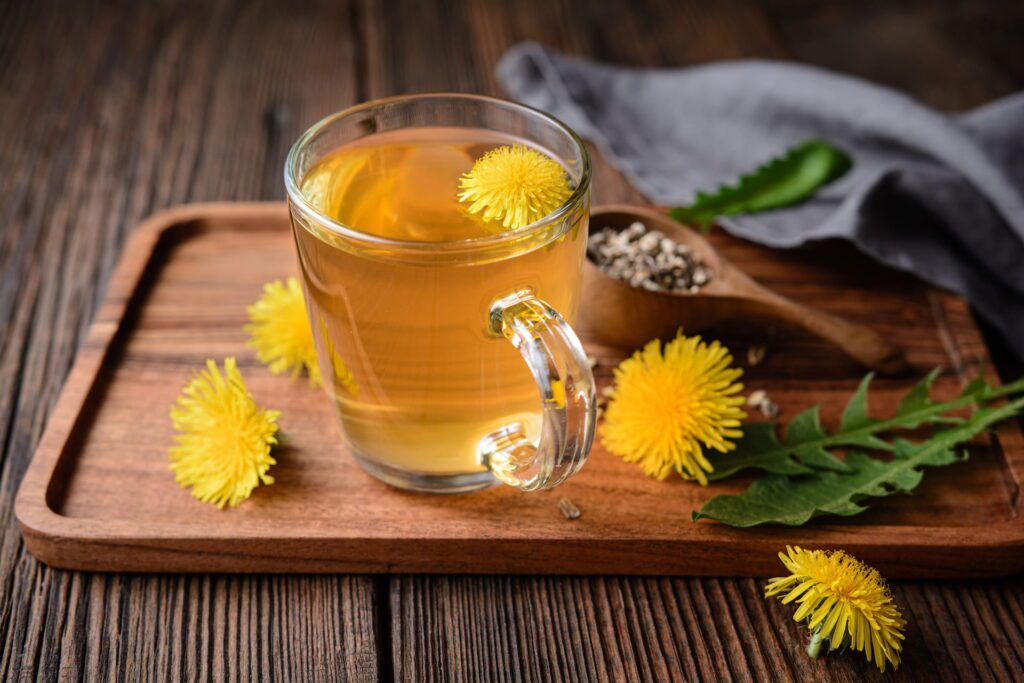
Burdock (Arctium lappa)
Burdock root is a blood purifier and is commonly used for skin issues like acne, eczema, and psoriasis, which often reflect the state of our detox processes. Similar to dandelion, burdock promotes bile production and supports Phase 1 detoxification. It also contains inulin and helps stimulate the digestive process. In Japan, spring burdock root is consumed as a vegetable and is valued for its nutrition.
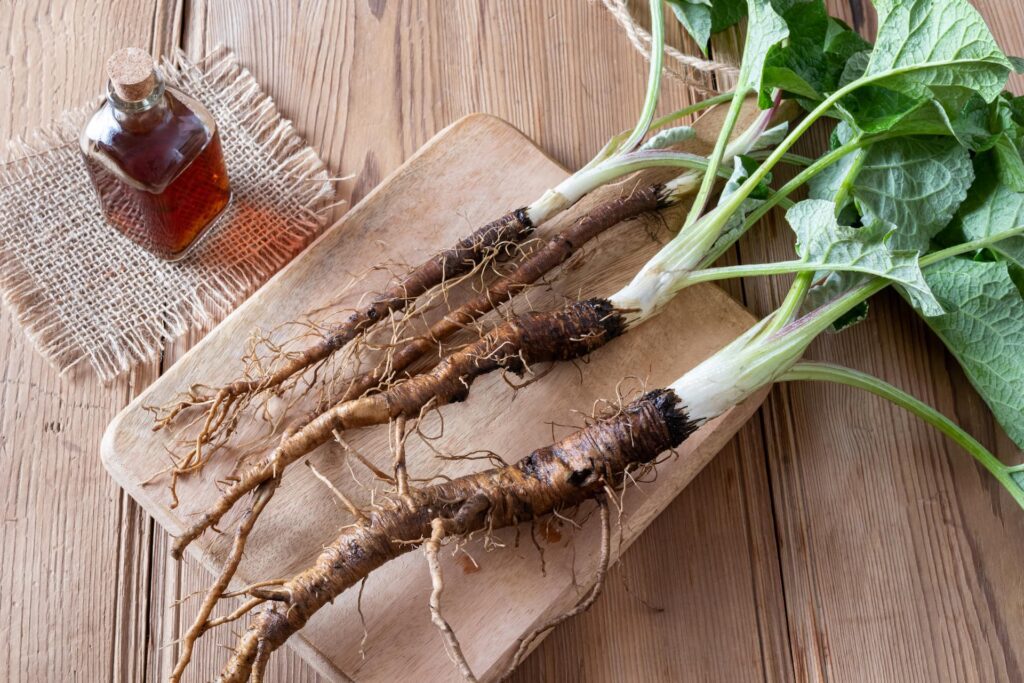
Artichoke Leaf (Cynara scolymus)
Artichoke leaves come from the same plant as the edible globe artichoke and are renowned for their liver-supportive properties. Artichoke leaf stimulates bile production and flow, which aids in fat digestion and the removal of waste. It can also lower cholesterol levels by reducing LDL (bad cholesterol) and supporting Phase 2 liver detoxification. Additionally, artichoke leaf contains antioxidants that help fight free radicals and reduce oxidative stress.
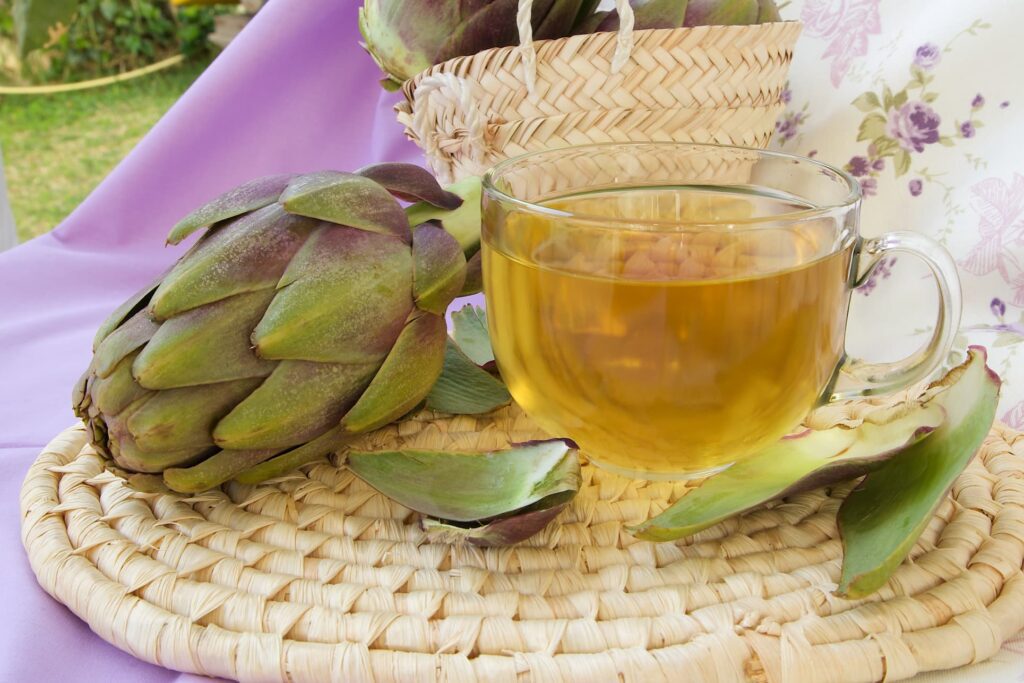
Milk Thistle (Silybum marianum)
Milk thistle is a powerful liver tonic used for over 2,000 years. The seeds of this plant contain silymarin, a potent antioxidant that protects liver cells and reduces oxidative damage. Milk thistle also boosts bile production and promotes Phase 2 detox by increasing glutathione levels. It can help regenerate liver cells, making it beneficial for conditions like fatty liver disease and as protection against liver toxins, including those from chemotherapy.
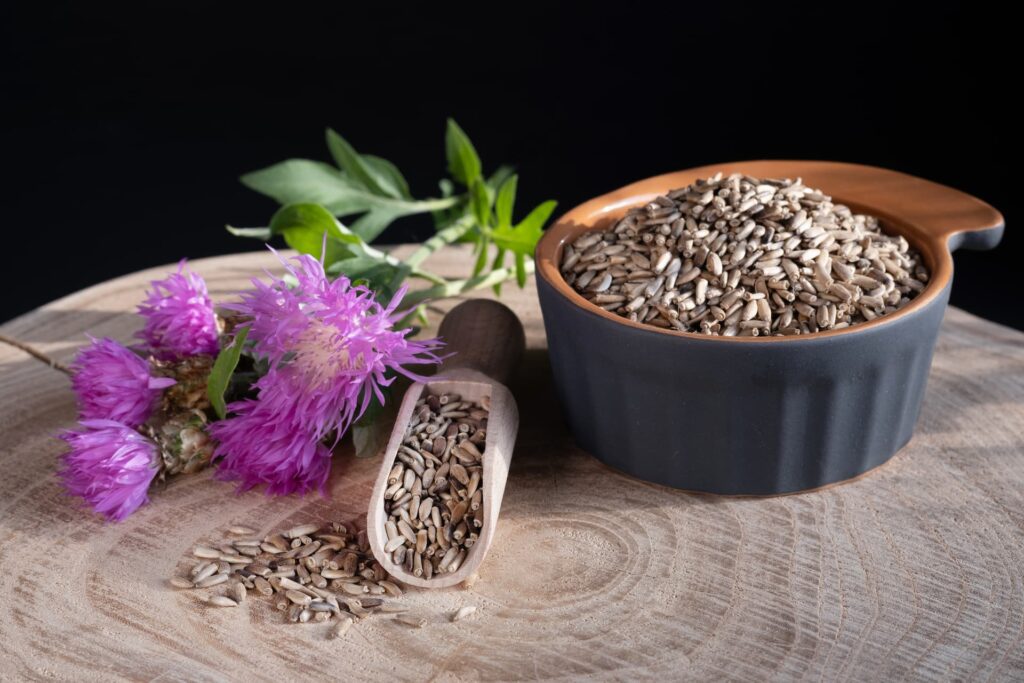
Turmeric (Curcuma longa)
Turmeric, with its active compound curcumin, supports the liver by enhancing bile production and increasing glutathione levels. It is a strong antioxidant, helping to protect the liver from inflammation and oxidative damage. Turmeric is particularly useful for treating fatty liver disease and inflammation, and when paired with black pepper, its bioavailability is significantly enhanced. A popular preparation, "Golden Milk," is often consumed as an Ayurvedic detox tonic.
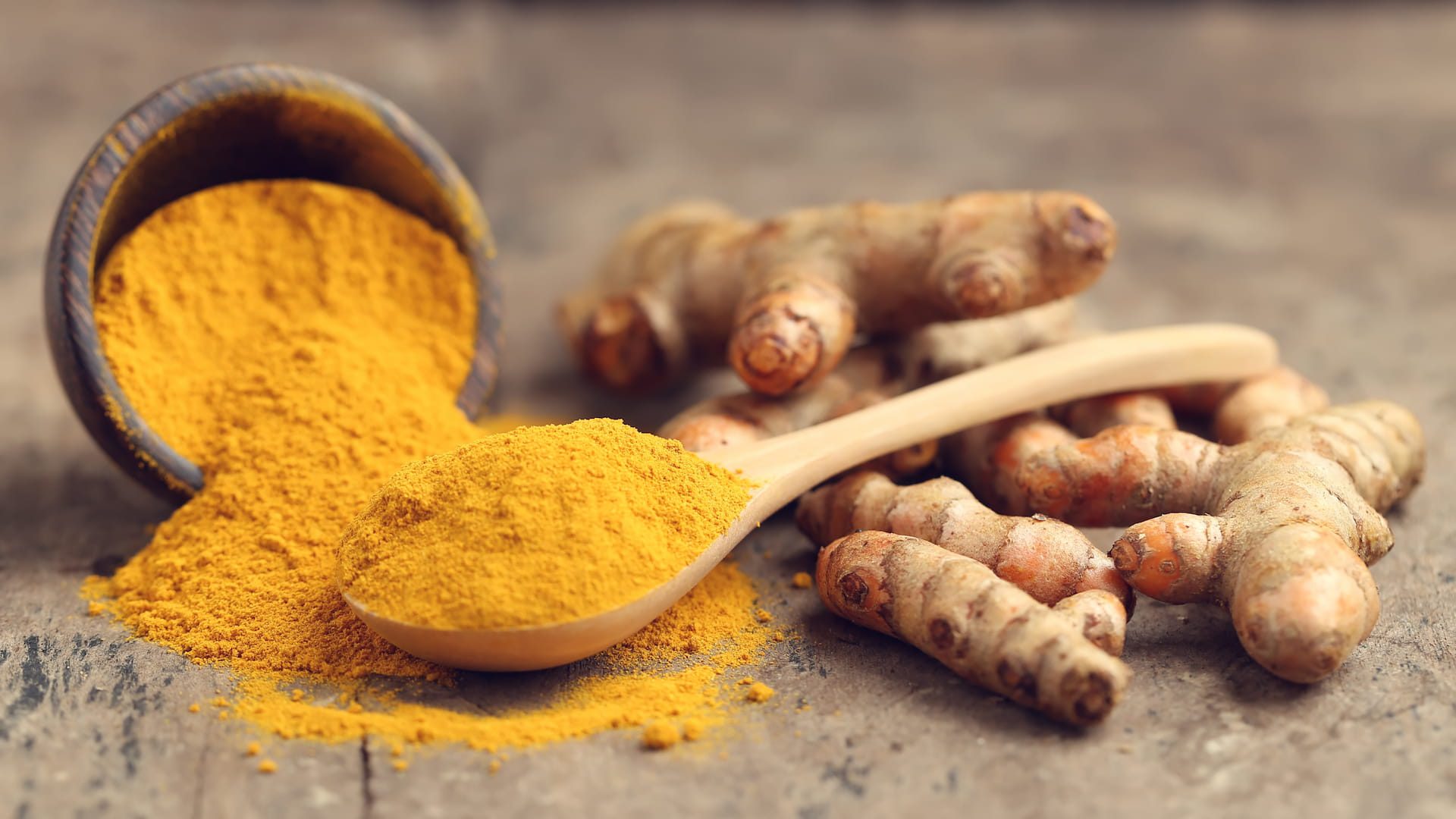
It's easy to include these herbs into your daily routine. Why not try a roasted dandelion root latte in the morning or a turmeric golden milk as a nightcap? Milk thistle seeds can be ground up and sprinkled onto foods or made into a gomasio. Burdock and artichoke can be eaten as a spring vegetable or found in a good digestive bitters tincture. By incorporating these herbs you can naturally support your liver and enhance your body's detoxification processes. Happy Spring!
